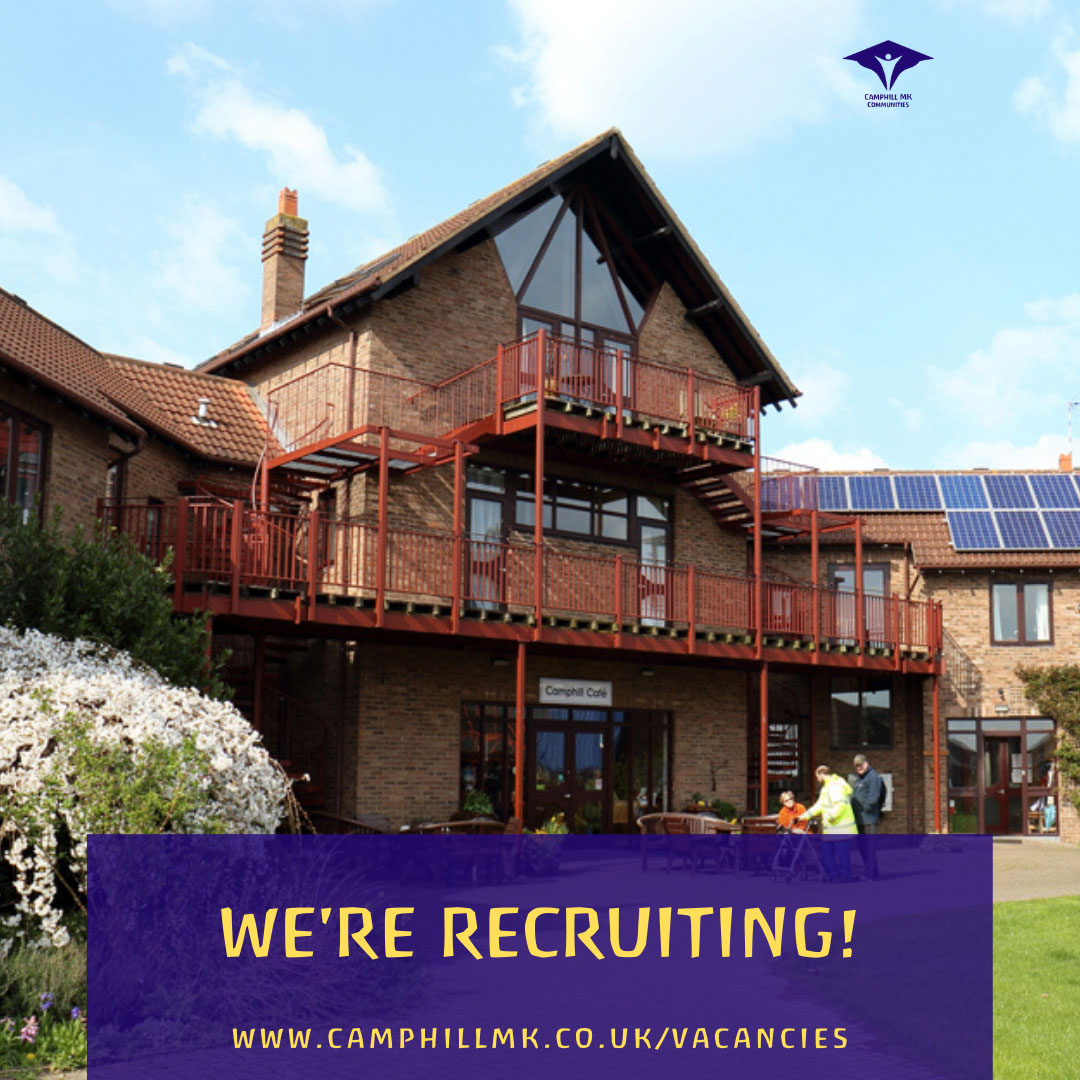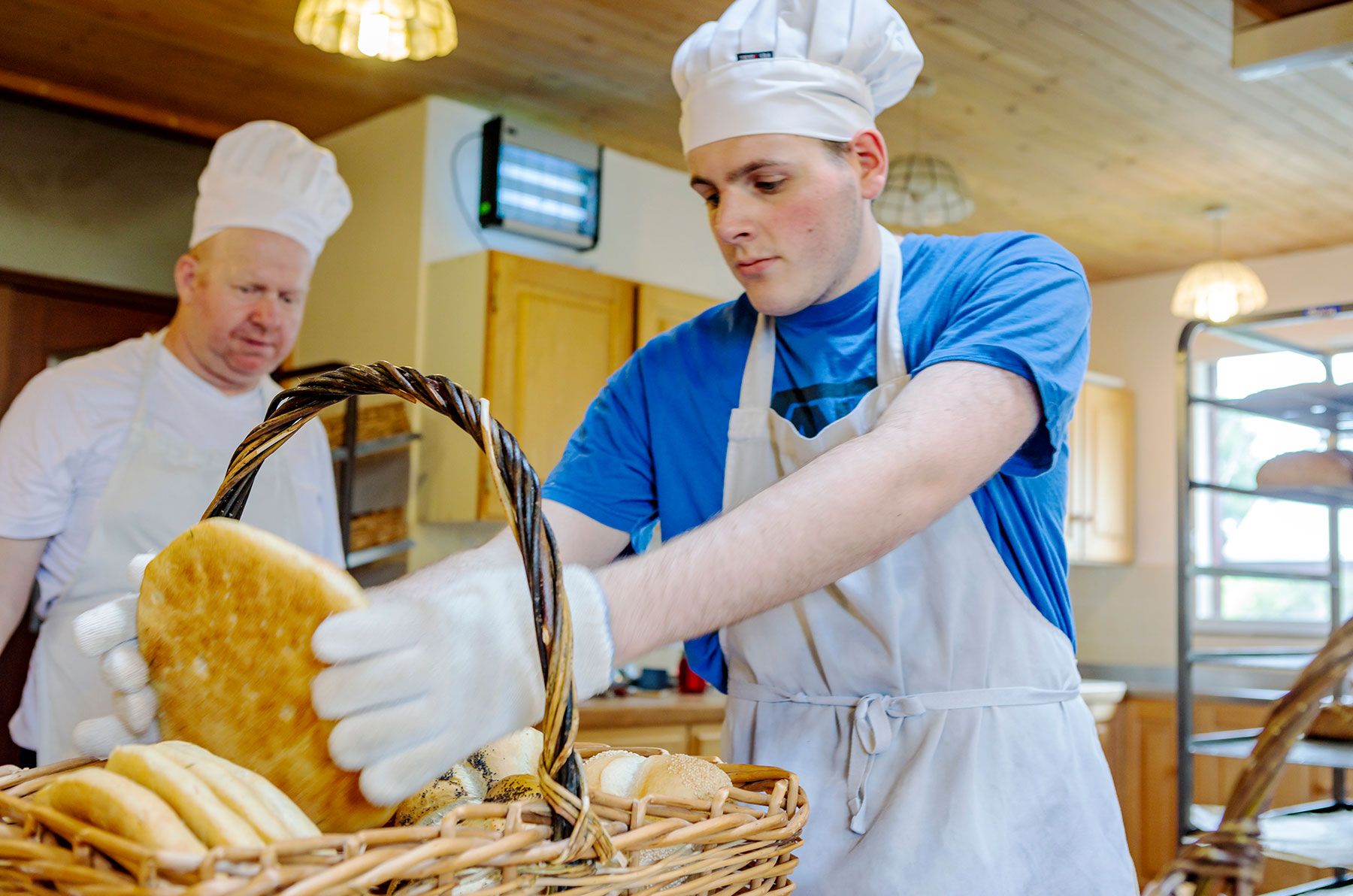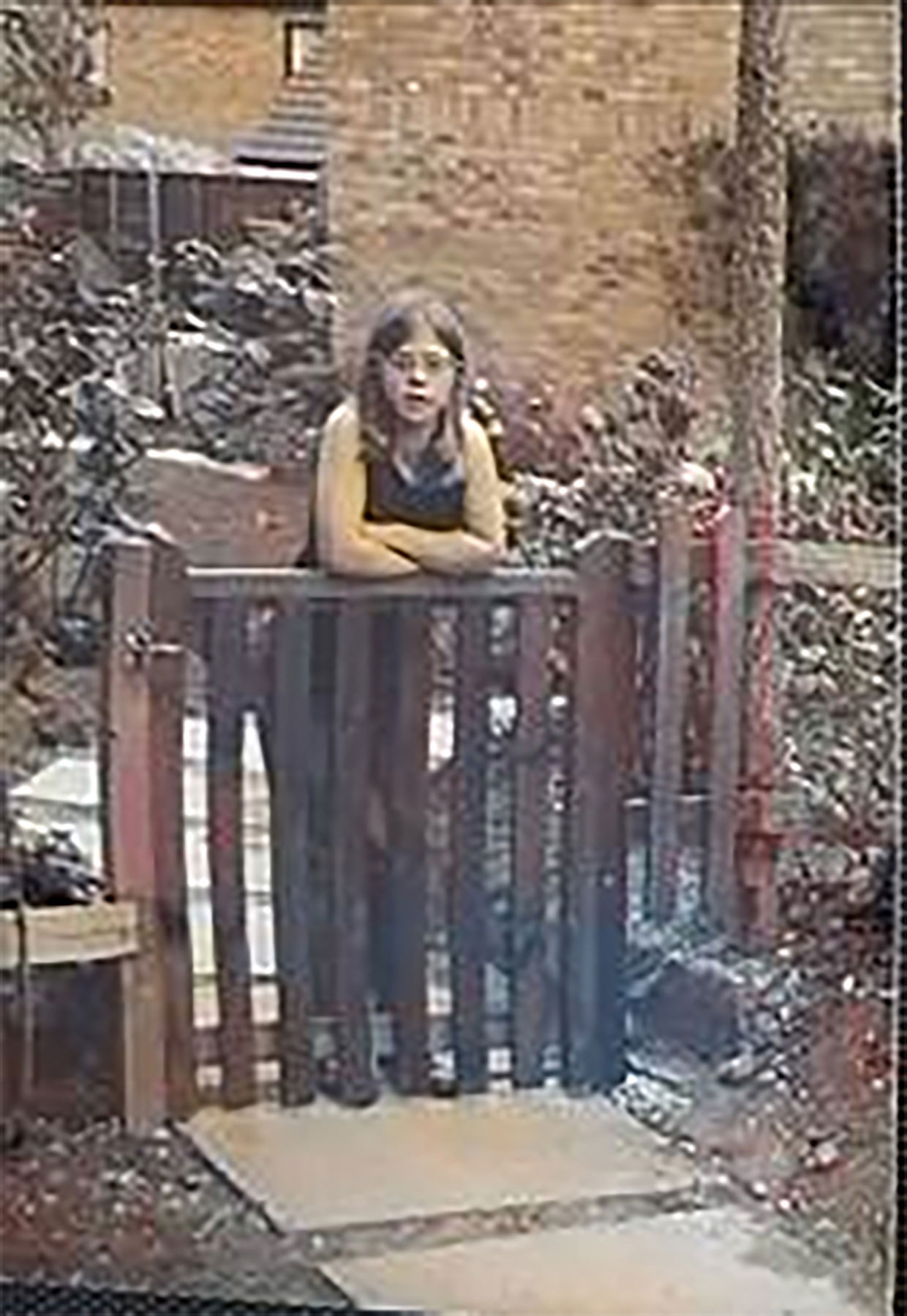
How did Camphill MK Start?
Camphill Milton Keynes is rather unique among Camphill Communities for its urban setting. Most of the early Camphill communities were built on farmland or country estates and usually quite remote. CMKC was an attempt to create a community within a more urban environment where residents could seek out outside work opportunities and have access to urban amenities.
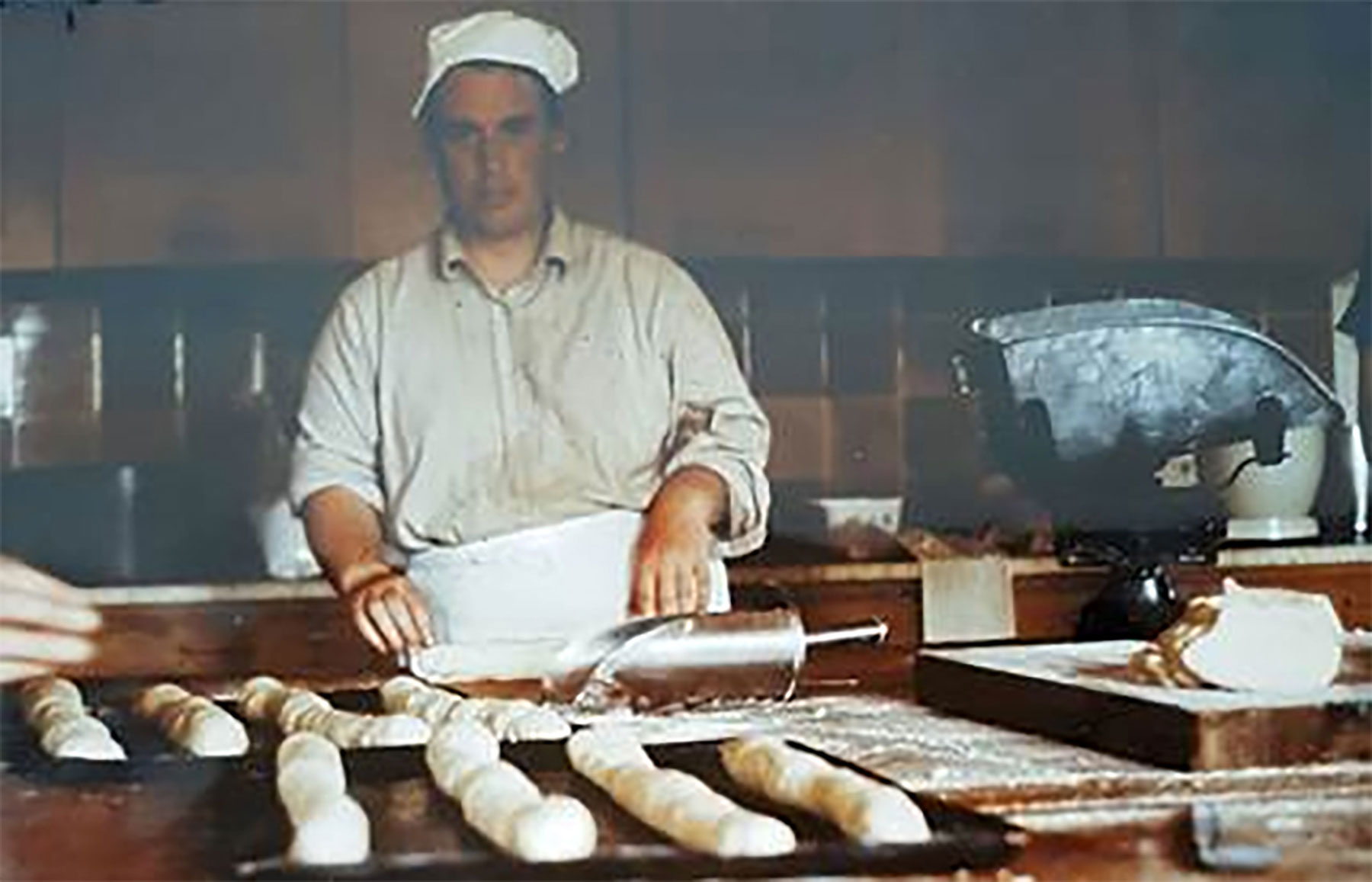
The parents’ group of the Camphill Village Trust was interested in creating such a community in the late 70s, which coincided with a chance meeting between a consultant in Aylesbury who went to see a talk by Thomas Weihs (one of the founders of the Camphill movement). That triggered discussions between the Milton Keynes Development Corporation (which existed before the council) and the Camphill movement. It’s strange to think that Milton Keynes was once a tiny village (now Middleton) which expanded rapidly into a city in the 70s and 80s. However, in 1978 a call went out for co-workers from other communities to help found this new project in Milton Keynes.
Milton Keynes Development Corporation was incredibly forward-thinking in its planning of the City to include provisions for people with disabilities. They were highly committed to social development and pioneering these kinds of projects. Without that insightful planning, the Camphill Milton Keynes ‘project’ would not have been successful. In fact, Camphill was invited to Milton Keynes to play a part in the imagination of the wonderful ‘New Town’ from the beginning.
In 1979 a small steering group of 5 co-workers emerged from other communities and began to work with the Development Corporation to find housing. One of the co-workers was a social worker, and another was a teacher, and both managed to find jobs and accommodation in Milton Keynes. The others moved into a flat above a recycling shop in Olney with a couple of the first residents. This was our workshops’ early genesis, with the residents and co-workers helping to recycle and clear rubbish. By all accounts, this was a pretty big gamble for these co-workers; there was no assurance the project would work, and they’d arrived in Milton Keynes with a few savings and a car in the hope that their vision would come to life. Looking back, we owe them a great deal for what CMKC eventually became!
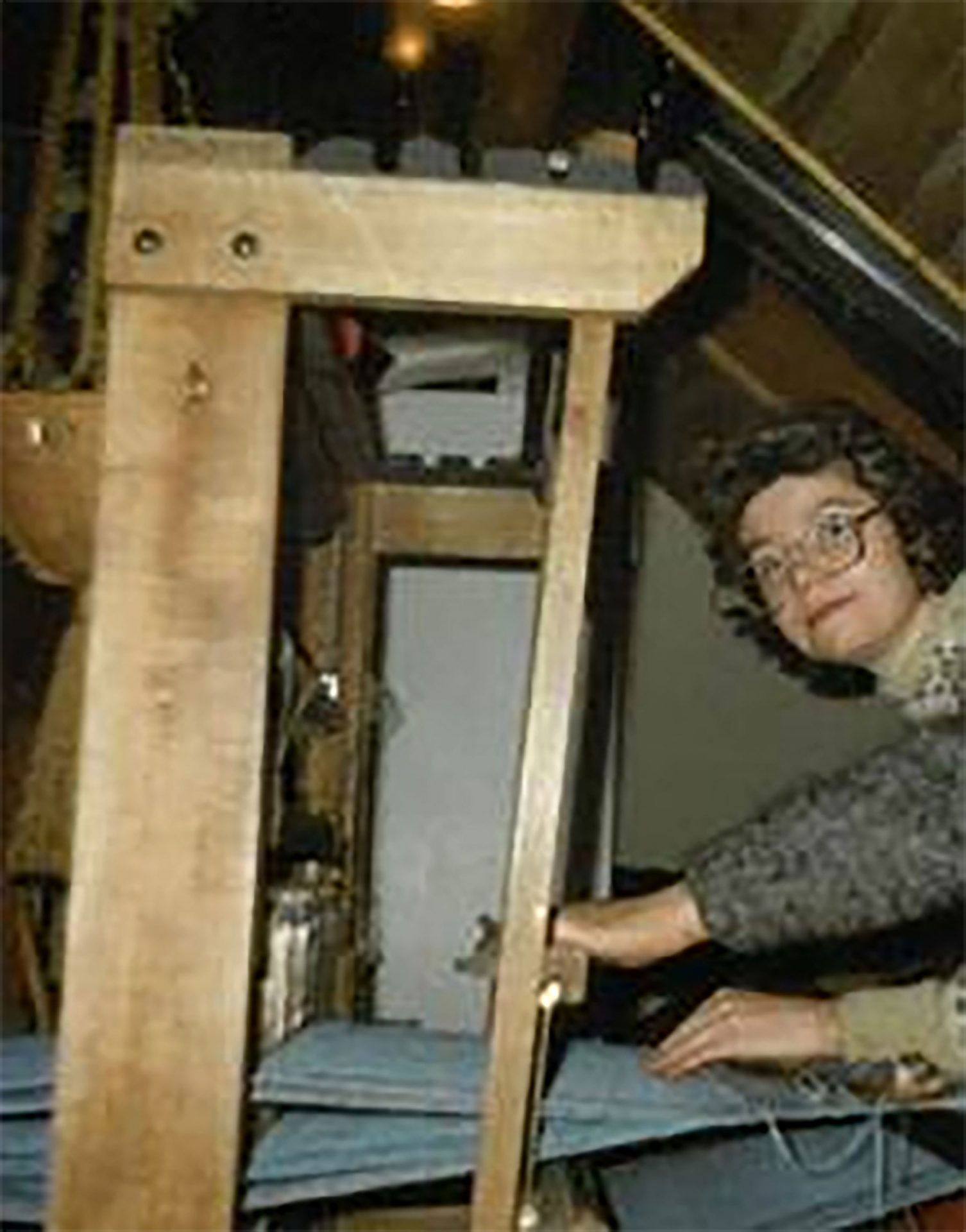
In 1981 the community was given six houses converted into 2 for the benefit of the community. More residents followed, some of whom as still with us today. Life was very different then – the residents were younger, and much of their work was physical manual labour. The community became very involved in the Pennyland estate to help their neighbours tend to their gardens and plant jobs for the Development Corporation. All the craft workshops took place inside the Pennyland houses, including bakery, weavery and toy-making. Life was very structured, and residents got up at the same time, ate their meals together and went to work. Evenings were spent doing activities, Bible readings or often spent outside CMKC in the wider community. There were no televisions in CMKC until about 25 years later, so it was a very different way of life!
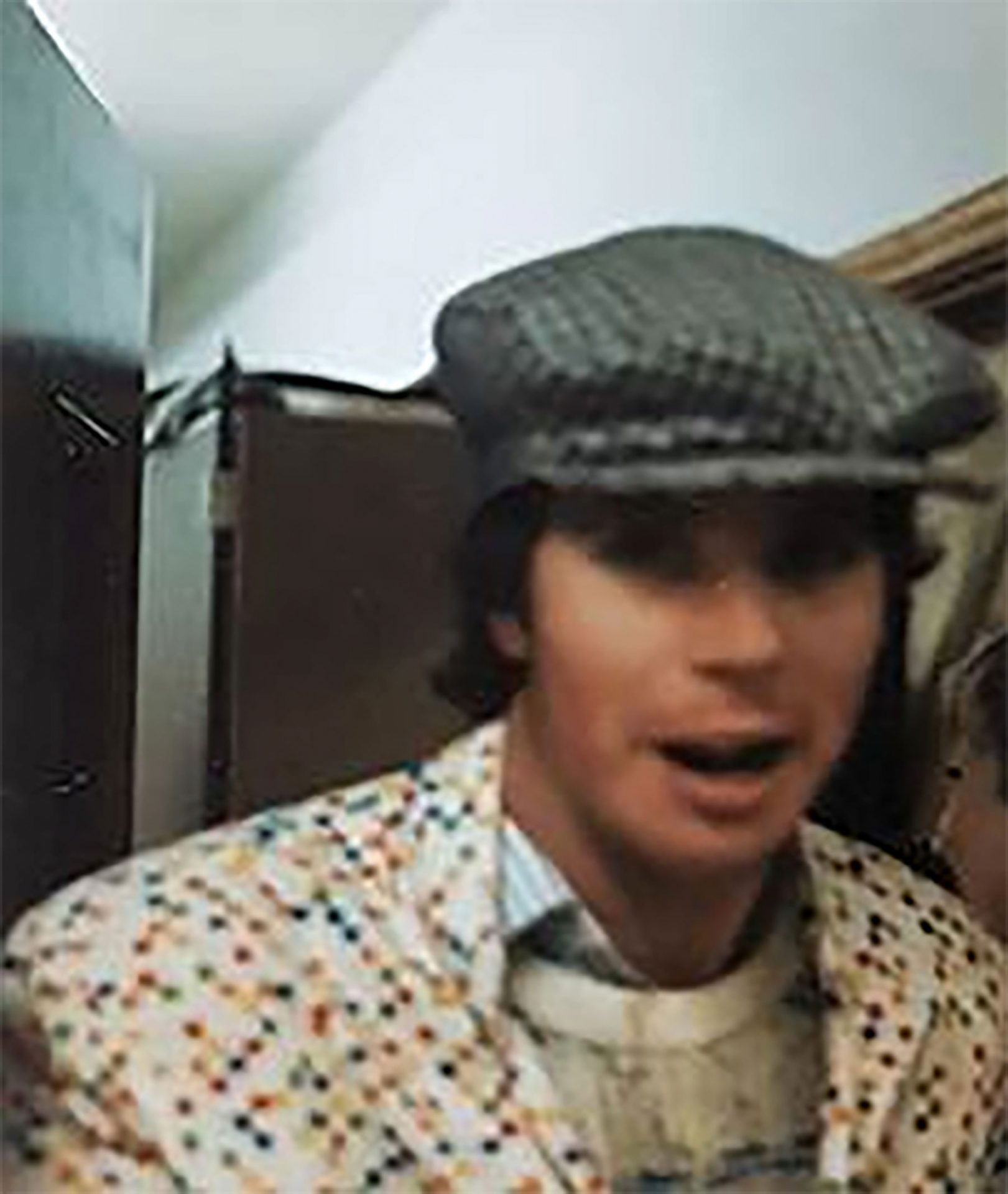
Since then, a lot has changed, but we still have the same houses, the same rhythms and routines, and even many of the same residents. But none of it would be here if it hasn’t been for a few co-workers taking a gamble and the Milton Keynes Development Corporation for their vision.
There were often questions and doubt to see if the project would even be viable. Today we are hugely advantaged by our location and relationship to the City in a more challenging way for other communities. CMKC was built on the idea that people with learning disabilities should be part of the wider community and not marginalised from it, which was still a pioneering idea at the time. Eventually, the rest of the county caught up and realised that care in the community was the most effective way to support people with additional needs. We hope we can all be proud that we are part of a project that anticipated that 40 years ago.

